🚀 Continuous Deployment for BuddyBoss: A Complete Guide to Seamless Updates
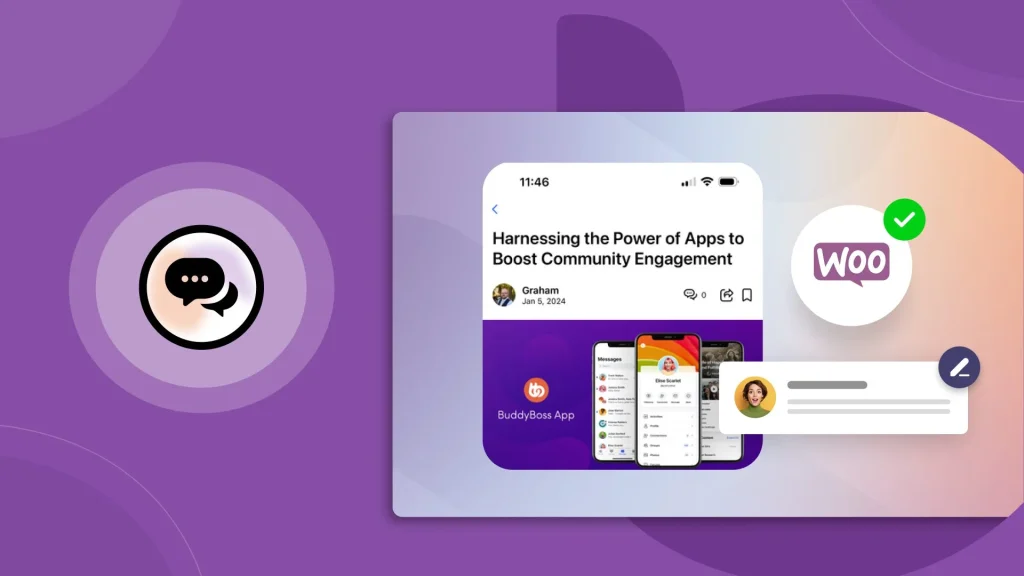
✨ Discover How Continuous Deployment Enhances Reliability, Minimizes Downtime, and Elevates User Experience for BuddyBoss-Powered Communities
👥 Imagine you’re managing a WordPress community site with hundreds of active members. 🔧 Each time you want to add a new feature or fix a bug, you worry about potential downtime and user frustration. This is where continuous deployment (CD) comes in as a game-changer. In this article, we’ll dive deep into how you can set up a creative and effective continuous deployment strategy for your WordPress website, explicitly using the BuddyBoss theme. By implementing CD, you can ensure that updates are automatically deployed, reducing risks, minimizing workload, and ultimately keeping your users happy with a seamless experience.
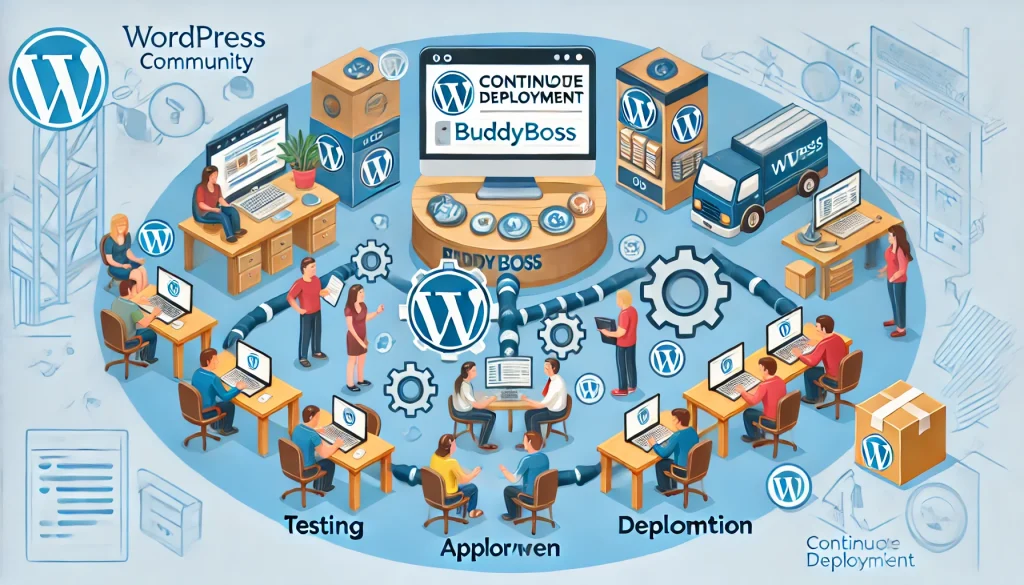
What is Continuous Deployment?
🤖 Continuous Deployment (CD) is an automated process that ensures every change in your codebase passes through all stages of production and, if successful, gets automatically deployed to your live website. For WordPress users, this means pushing theme updates, content changes, or plugin installations without manual intervention. The CD is especially useful for community-driven sites like those built with BuddyBoss, where uptime and consistency are crucial for keeping members engaged and satisfied.
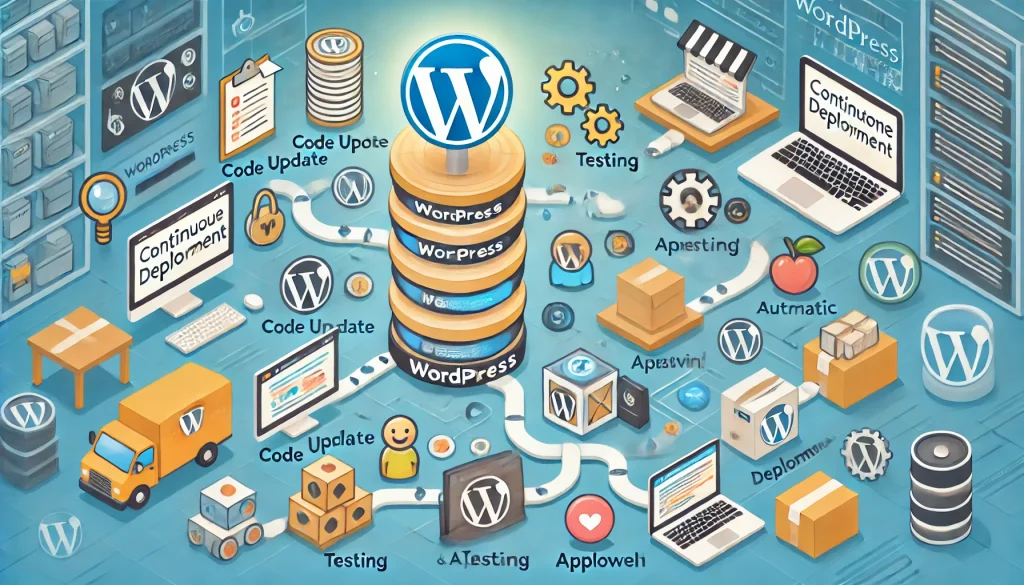
🌟 Why Use Continuous Deployment with BuddyBoss?
- Minimized Downtime: Updates are automatically deployed, significantly reducing maintenance windows and ensuring a seamless user experience.
- Consistent User Experience: Users won’t face disruptions or inconsistencies during updates, keeping the community engaged and satisfied.
- Increased Deployment Frequency: Changes and new features can be deployed more frequently, keeping the website updated.
- Reduced Manual Effort: Automating deployments saves time and minimizes the risk of human error, allowing you to focus on growing your community.
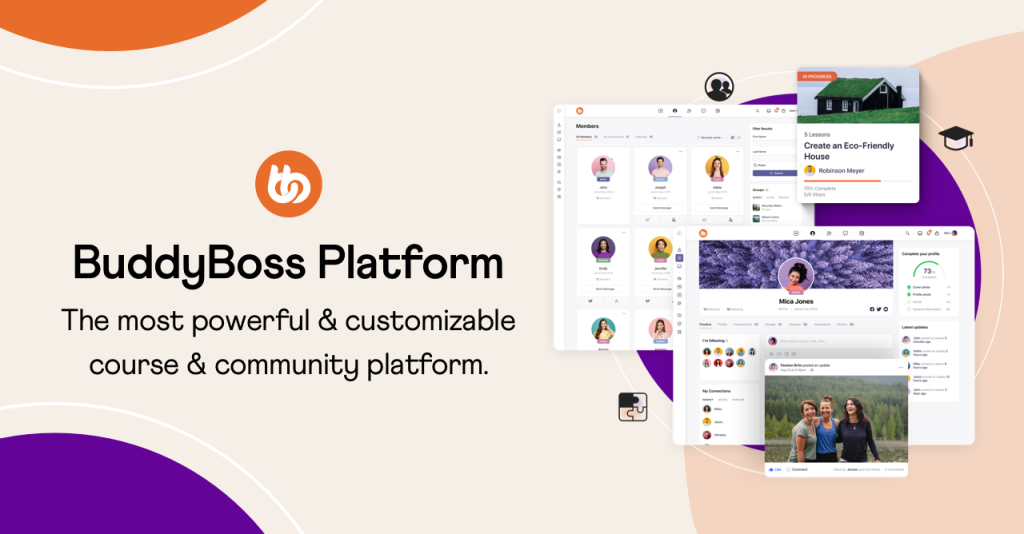
BuddyBoss is a powerful theme designed for community-based WordPress websites, often serving as a social hub for users. Ensuring a smooth and reliable experience is critical when managing an active community. Downtime during updates could mean users are locked out or face disruptions, damaging trust and negatively impacting the community. Continuous deployment allows you to release new features and updates without causing unnecessary downtime or inconsistencies.
Imagine you want to roll out new features on your BuddyBoss site, such as an improved forum experience or enhanced user profiles. Instead of manually deploying each change and risking inconsistencies or user inconvenience, continuous deployment can automate the rollout of these changes reliably. This helps ensure high availability and a consistent user experience, key to keeping your community engaged and growing.
Real-World Example: BuddyBoss Continuous Deployment in Action
Let’s say you want to add new interactive features to your BuddyBoss-powered community. To achieve this, you could start by using Git for version control to track your changes, then set up GitHub Actions to automate testing and deployment. For example, you could write scripts to automatically clear cache and perform database migrations as soon as new changes are committed. Additionally, using a staging environment to test these changes ensures a smooth deployment without affecting the live user experience. You’re rolling out a new group chat feature and making design changes to enhance the overall member experience. Instead of taking the site offline or performing updates manually, you can use CD to make sure every change is tested, approved, and deployed automatically.
This seamless process means your community can continue to engage without any interruptions. Imagine one of your community members browsing through groups and suddenly finding a new, more intuitive interface, without any hassle or downtime. This positive experience encourages more engagement and helps build trust in your platform.
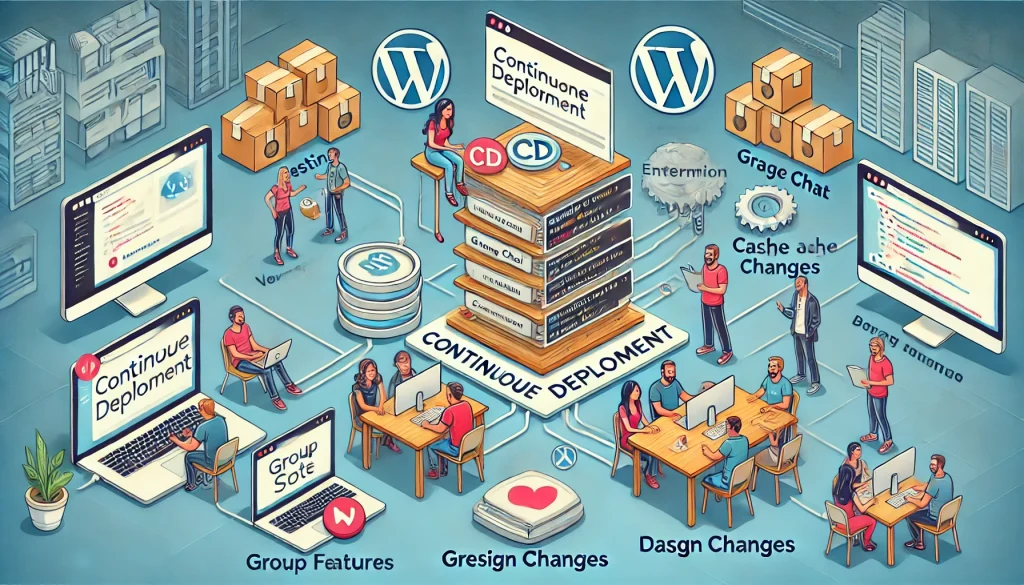
🛠️ Setting Up Continuous Deployment for WordPress with BuddyBoss
🎨 Creative Deployment Strategies for BuddyBoss
- Feature Flags: Use feature flags to control which users see new features. For instance, you might want to test a new BuddyBoss member profile layout with a small percentage of your users before rolling it out to everyone. This allows you to gather feedback and make adjustments before a full deployment. For example, if you’re adding a new group chat feature, you could use a feature flag to enable it only for a specific group of beta testers. This ensures the new feature works as intended and receives valuable user feedback without affecting the entire community.
- Rolling Updates: Instead of deploying all changes at once, consider a rolling deployment strategy where updates are gradually rolled out to different servers. This minimizes risks and allows you to address any issues in real-time without affecting all users. For BuddyBoss, rolling out updates to member profiles or group functionalities incrementally can help ensure that any potential bugs are caught early, minimizing disruptions to the user experience.
- Canary Releases: Use canary releases to roll out new features to a small segment of your community first. For example, if you’re introducing a new group discussion layout in BuddyBoss, you could initially deploy it to a small subset of groups. This approach allows you to observe how the feature performs under real usage conditions and make necessary adjustments before a full-scale release.
- A/B Testing: A/B testing can be highly effective for optimizing BuddyBoss features. For instance, if you’re considering changes to the BuddyBoss member dashboard layout, you can deploy two different versions to different segments of users and compare engagement metrics. This helps determine which version is more effective in improving the user experience and engagement.
- Feature Flags: Use feature flags to control which users see new features. For instance, you might want to test a new BuddyBoss member profile layout with a small percentage of your users before rolling it out to everyone. This allows you to gather feedback and make adjustments before a full deployment.
- Rolling Updates: Instead of deploying all changes at once, consider a rolling deployment strategy where updates are gradually rolled out to different servers. This minimizes risks and allows you to address any issues in real-time without affecting all users.
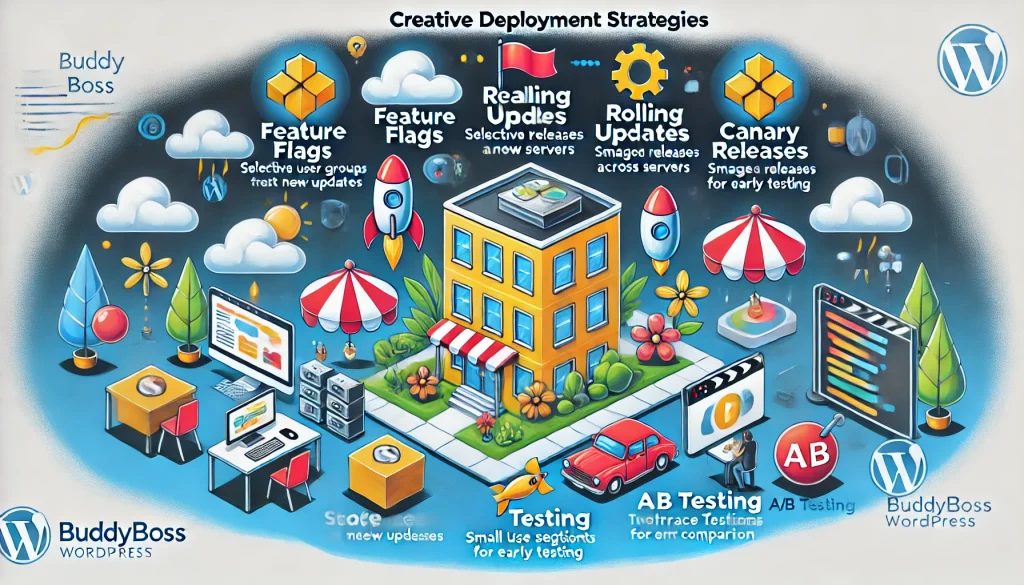
💡 Benefits of Continuous Deployment for BuddyBoss Sites
- Less Downtime: Automating the deployment process significantly reduces the need for putting your BuddyBoss site into maintenance mode, which means uninterrupted service for your community members.
- Quick Rollbacks: If something goes wrong, changes can be easily rolled back by reverting to a previous version in your Git repository. This means you can quickly restore your site and minimize any negative impact on your community.
- Frequent Updates Without Hassle: Continuous deployment allows you to push frequent updates without manual monitoring. Your BuddyBoss site will always be secure, up to date, and loaded with the latest features that your users will love.
- Enhanced User Experience: Users will enjoy a seamless and consistently updated platform. Whether you’re adding new member interactions, updating group layouts, or enhancing your forum, CD makes the entire process smooth and transparent.
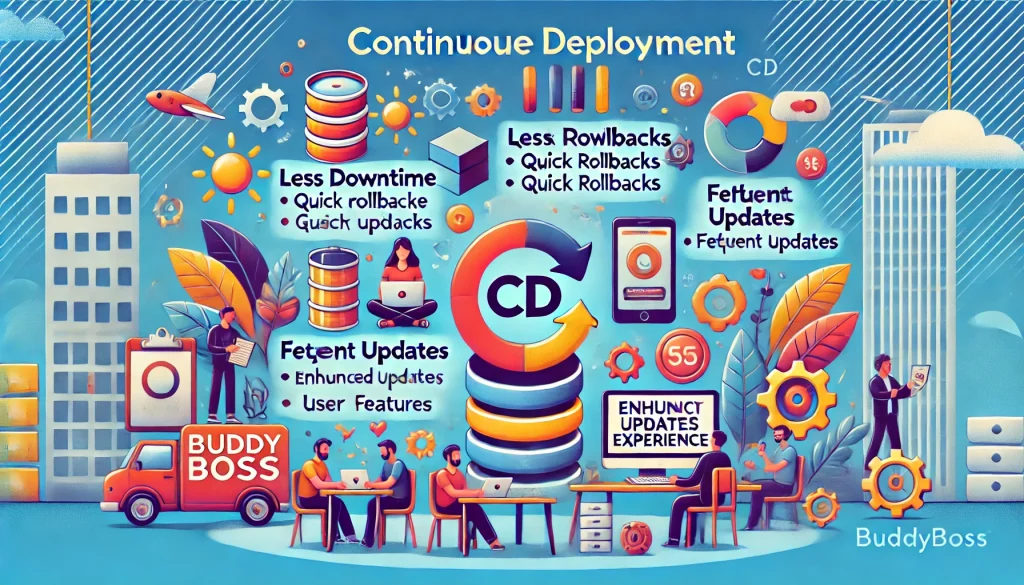
🏁 Conclusion
Continuous deployment for a BuddyBoss WordPress site is not just about automating updates; it’s about delivering the best possible experience for your community. By ensuring that your website is always up to date, you can focus more on engaging with your users, creating content, and building your community, rather than spending time on tedious manual updates. Leveraging CD with tools like GitHub Actions or Jenkins, along with thoughtful testing and creative deployment strategies, will make your BuddyBoss site resilient, secure, and always ready for your users.
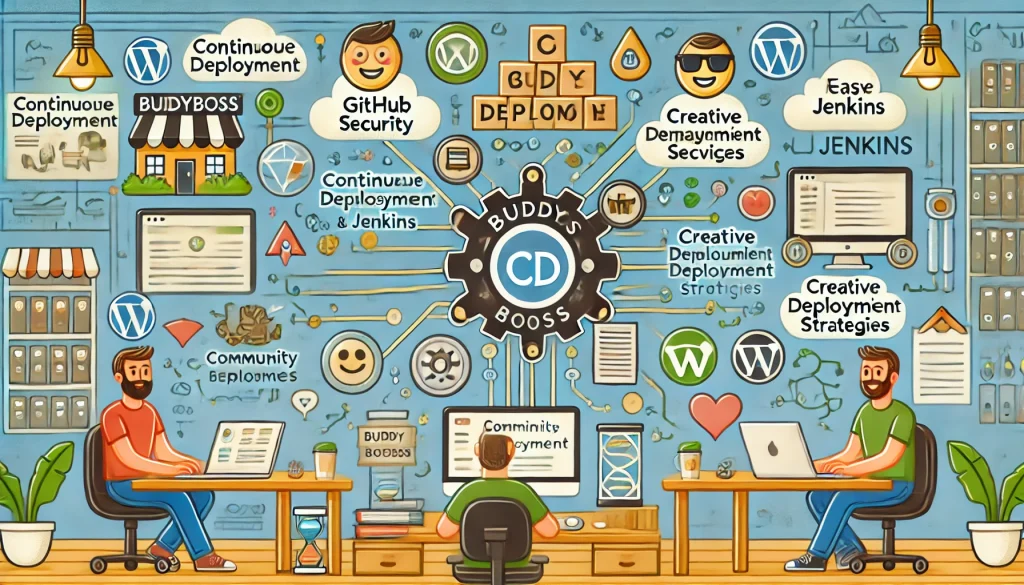
🚀 Take the leap into continuous deployment and watch as your BuddyBoss community thrives with consistent, timely updates that keep users engaged and coming back for more!

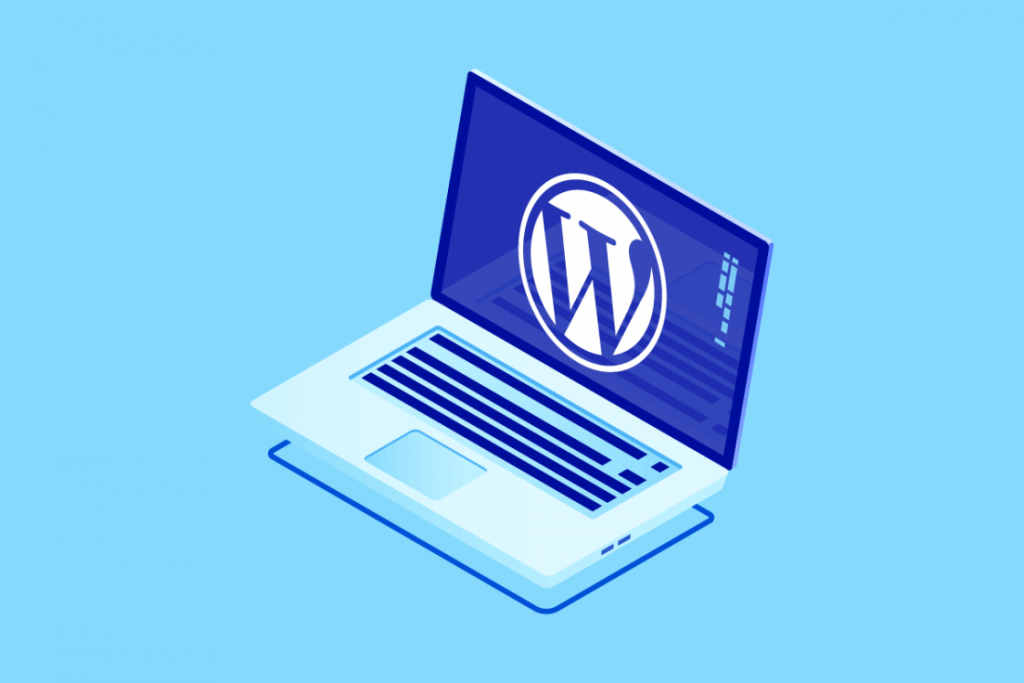


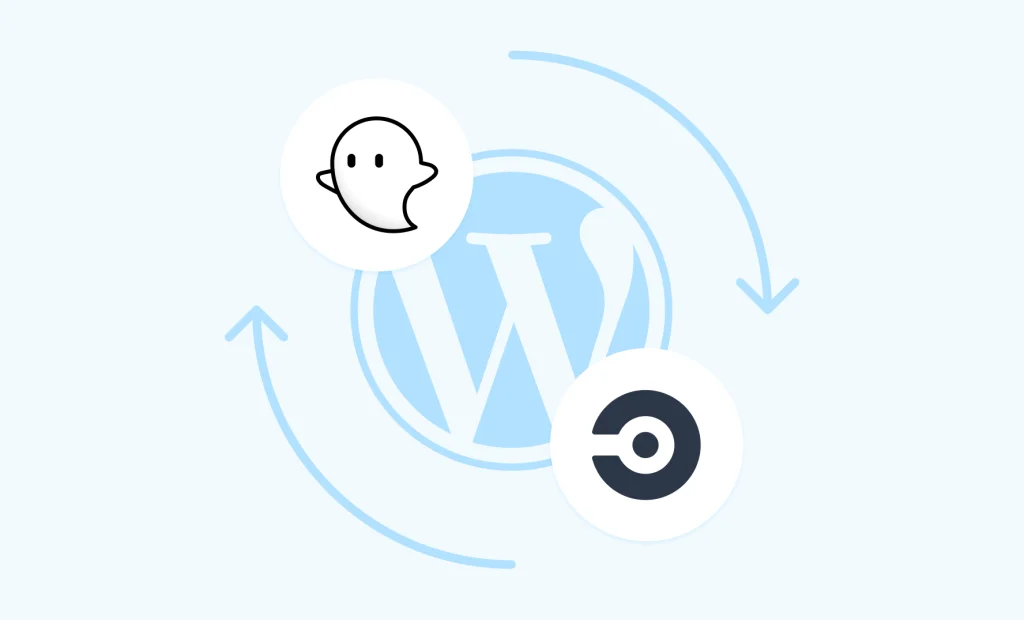


Responses